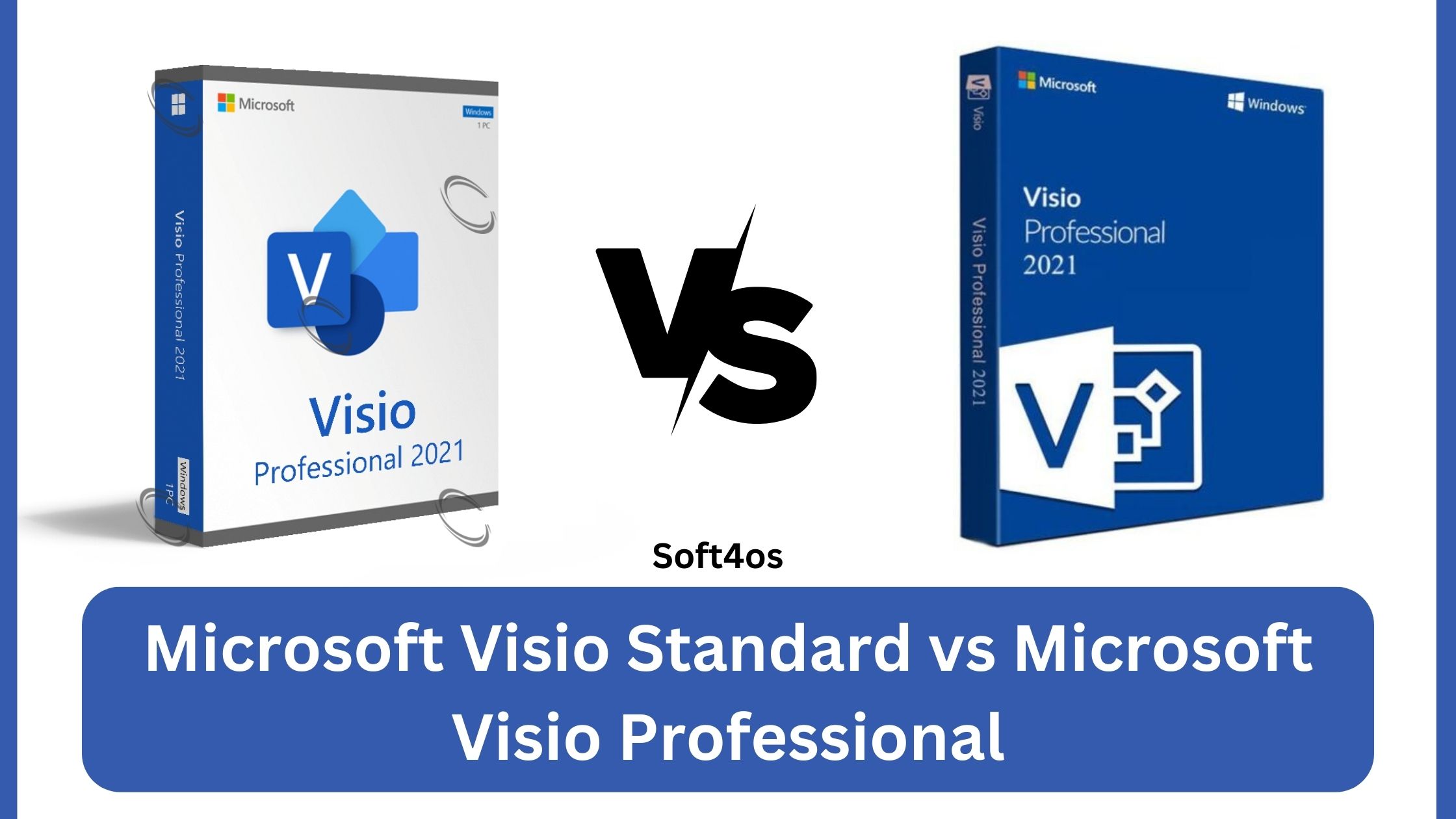Microsoft Visio is a powerful diagramming and vector graphics application used by many businesses. It allows users to create professional-looking diagrams, flowcharts, and other visuals quickly and easily. But when it comes to choosing the best Microsoft Visio package for your business needs, there are two main options: Microsoft Visio Standard and Microsoft Visio Professional. Each has its features, advantages, and limitations.
In this article, we’ll discuss both Microsoft Visio Standard vs Microsoft Visio Professional so you can decide which one is right for you.
What is Microsoft Visio?
Microsoft Visio is a diagramming and vector graphics application that helps users create diagrams, flowcharts, floor plans, org charts, and other visuals. It is part of the Microsoft Office family of products and is available in both Standard and Professional editions. Standard includes basic shapes and templates while Professional includes more advanced features like support for complex network diagrams and fuzzy logic shapes.
Standard vs Professional
When it comes to choosing between Microsoft Visio Standard and Microsoft Visio Professional, there are a few key differences to consider. For starters, Visio Professional offers more templates and shapes than Visio Standard. Additionally, Visio Professional supports features like data linking and process automation, which can be helpful for businesses that need to document complex processes.
Visio Standard is a good choice for users who need basic diagramming capabilities and don’t require the extra functionality offered by Visio Professional. However, if you need more robust features or plan on using Visio for business process mapping, then Visio Professional is the better option.
Which one should you choose?
If you’re trying to decide between Microsoft Visio Standard and Microsoft Visio Professional, there are a few things you should consider. If you need advanced diagramming features, Visio Professional is the way to go. However, if you just need basic diagramming features, Visio Standard will suffice.
Here’s a more detailed breakdown of the differences between the two versions:
Visio Standard:
– Basic diagramming features
– Limited import/export capabilities
– No support for collaboration or sharing
Visio Professional:
– Advanced diagramming features
– Comprehensive import/export capabilities
– Support for collaboration and sharing
How to get started with Visio
Microsoft Visio is a diagramming and vector graphics application for Windows that allows users to create flowcharts, diagrams, and other types of visual representations. The Standard and Professional versions of Microsoft Visio differ in the types of templates and shapes they offer as well as their price points.
Microsoft Visio Standard is a less expensive version of the software that offers a more limited selection of templates and shapes. This version is best suited for individuals or small businesses who need to create simple diagrams or flowcharts.
Microsoft Visio Professional is the more expensive version of the software that offers a larger selection of templates and shapes as well as some additional features such as support for complex diagrams and the ability to link data to shapes. This version is best suited for larger businesses or organizations that need to create more complex visuals.
ConclusionThe differences between Microsoft Visio Standard and Professional are quite significant. While Visio Standard is more affordable and still provides a wealth of features, such as basic shapes, easy-to-use tools for creating diagrams, and the ability to collaborate in real-time with others on your team, the Professional version offers even more advanced capabilities like data linking and extensive formatting options. Ultimately, it all comes down to what your specific business needs are when determining which version best fits your budget and workflow requirements.




